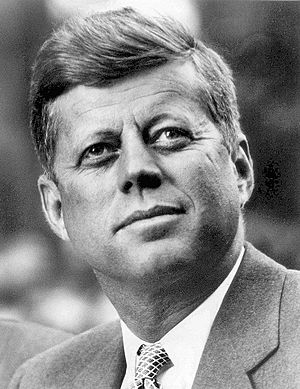White ethnic facts for kids
The term White ethnic describes white Americans whose families came to the U.S. from certain parts of Europe. These are often people whose ancestors were not from the earliest English or Scottish settlers. They make up a large part of the white population in the United States. This group usually includes descendants of immigrants from Southern, Central and Eastern Europe, Ireland, the Caucasus region, and France or Francophone Canada.
Contents
History of White Ethnic Groups
Early Immigration and Challenges
In the 1800s, America's factories and industries were growing fast. This growth brought millions of immigrants from Europe to the United States. Many came to work in the new factories in the Northeast and Midwest.
These new arrivals often settled in big cities. They came from different backgrounds than the earlier British or German Protestant settlers. This wave of immigration continued until 1924. That year, the Johnson–Reed Act was passed. This law limited immigration, especially from southern and eastern European countries.
Later, the Great Depression in the 1930s also made fewer people want to move to the U.S. from Europe.
Keeping Their Identity
Many white ethnic groups felt different from the main culture in America. This was because of their family origins, their religion, and their economic situation. In the early 1900s, many white ethnics often worked in jobs that required little skill.
They sometimes faced unfair treatment and xenophobia (fear of foreigners). People sometimes made fun of them with stereotypes. For example, historian Andrew Dickson White once said that American cities were controlled by "illiterate peasants" from Ireland, Bohemia, or Italy.
Religion was another big difference. Most of the earlier American settlers were Protestant. But white ethnics often practiced Catholicism, Eastern Orthodox Christianity, or Judaism. These differences helped them keep a strong, separate identity. This lasted until after World War II.
Moving to the Suburbs and Gaining Influence
In the 1950s and 1960s, many young white ethnics moved from cities to the growing suburbs. Many of them had served in the military. They hoped to find better economic opportunities there.
In the 1960s and 1970s, several groups started to promote white ethnic culture and interests. At the same time, white ethnics became more involved in national politics. They began to seek more political power.
White Ethnics in Politics
The election of John F. Kennedy as President in 1960 was a big moment. He was the first white ethnic (an Irish Catholic) to become president. However, he was not the first white ethnic to be nominated for president.
- Al Smith, a Catholic, was the first white ethnic nominated by a major party.
- Barry Goldwater, an Episcopalian, was the first major party presidential candidate with Jewish heritage.
- Joe Lieberman was the first Jewish person nominated for vice-president by a major party.
- If elected, Michael Dukakis would have been the first Greek-American and first Eastern Orthodox Christian president.
- Spiro Agnew, a Greek-American, was the first white ethnic elected vice president.
- Joe Biden was the first non-Protestant and the first Roman Catholic elected vice president.
- Before Biden, five other Catholic white ethnics were vice presidential candidates: William Miller (1964), Ed Muskie (1968), Thomas Eagleton (1972, briefly), Sargent Shriver (1972), and Geraldine Ferraro (1984).
- Mike Pence was raised Catholic but later became an Evangelical Protestant.
Urban Politics and Changing Roles
Political Machines in Cities
In the first half of the 1900s, white ethnic ward heelers were very powerful in the Democratic political machines in big American cities. These "ward heelers" were local political leaders. They were often Irish Catholics who worked closely with other ethnic groups.
For example, Jewish and Italian people were powerful in New York City. Polish-Americans and other Eastern Europeans were strong in Chicago. In New York City, Tammany Hall was a famous political machine. It controlled many jobs and nominations for political offices. Leaders like Carmine DeSapio were very influential across the country.
Shifting Political Views
However, many white ethnics started to leave the Democratic Party. This happened as the party became more liberal after the late 1960s. They became an important part of the socially conservative Reagan Democrats in the 1980s.
Less Urban Political Power
As more white ethnics moved to the suburbs and blended into society, their political power in cities changed. Newer immigrant groups also began to arrive. Because of these changes, many white ethnics have less political power in urban areas today.


